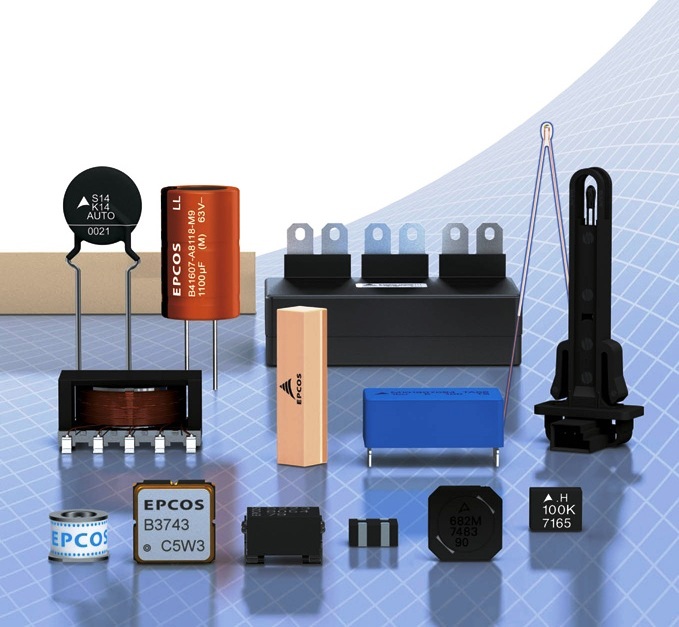At present, it is probably difficult to find an industrial branch where permanent magnets or permanent magnets based systems are not used.
Whether it be radiotechnics or UHF technics, acoustics or computer systems, automatics or measuring technics, metallurgy or energetics, medicine or community facilities, ferrous or non-ferrous or processing or foreign particles removal – everywhere permanent magnets are present. It can be said that permanent magnets became an inseparable and sufficiently important part of our life.
Motors and generators, braking devices and movement contactless transmission devices, catching and suspension devices, separators and defectoscopes, security systems and latches – it is not complete list of devices where permanent magnets ar successfully used.
Magnetic systems with high-uniform magnetic field for magnetic resonance tomographs, magnets and magnetic systems with sharply non-uniform magnetic field for magnetic separators, magnetic systems with switched-on and switched-off magnetic field for catching devices, magnetic couplings and clutches, magnetic systems with space variable magnetic field for klystron tubes and traveling wave tubes, magnetic systems with high temperature stable magnetic field for vacuum UHF-instruments and magnetic systems with temperature variation dependent magnetic field for solid-state ferrite UHF instruments — such various functional propertied of magnetic systems should be provided by developers and constructors of radio and electronics equipment.
Permanent magnets operate similarly to catalytic agents on performing a role of mediator converting one form of energy into other form without losses and almost without their own energy. Most common categories of permanent magnet applications are:
- Conversion of mechanical energy into mechanical energy (in separators, magnetic couplings etc.)
- Conversion of mechanical energy into electric energy (in generators and microphones)
- Conversion of electric energy into mechanical energy (in motors and dynamics)
- Conversion of mechanical energy into thermal energy (in braking mechanisms)
- Special effects (Hall sensor, magnetic resonance tomographs, UHF devices)
Hard-to Deform Alloys
Alnico, Fe-Al-Ni-Co, Casting-made
Mechanical and magnetic properties:
Increased hardness and fragility. High magnetic properties with magnetic and crystalline texture. Specific energy of up to 40 kJ/m³
Application field:
All-purpose large size magnets.
Magnetic systems of measuring devices and remote compasses.
Stabilizers.
Stators of actuating motors.
Rotors of tachogenerators.
Magnets of polarized relays.
Magnets of vacuum and solid-state UHF-devices based systems.
Rotors of generators.
Magnetic separators.
Magnetic couplings
Alnico, Fe-Al-Ni-Co, Metal-ceramic
Mechanical and magnetic properties:
Higher mechanical strength as compared with casting-made alloys. Magnetic properties isotropous (usually) and somewhat lower as compared with casting-made alloys. Specific energy of up to 16 kJ/m³
Application field:
All-purpose small size magnets.
Moving magnets of measuring devices.
Magnetic systems of tachometers and tachogenerators.
Magnets of polarized micro-relays.
Rotors and stators of electric motors and micro-generators.
Magnetic couplings of instrumental type.
Magnetic systems of vacuum UHF devices based systems.
Ferrite
Barium-based BaO(Fe2O3)6
Mechanical and magnetic properties:
Increased hardness. Very high fragility.
Application field:
Electric machines.
Electronic devices.
Magnetic systems of traveling wave lamps.
Magnetrons.
Cobalt-based СoОFе2O3
Mechanical and magnetic properties:
Good magnetic properties due to high coercitive force. Specific energy of up to 16 kJ/m³
Application field:
Actuating motors.
Micro-generators
Strontium-based SrO(Fe2O3)6 Application field: Polarized relays. Signaling equipment. Magnetic separators. Couplings. Reduction gears.
Rare-earth Metal Based Materials
Neodymium-iron-boron, Nd-Fe-B
Mechanical and magnetic properties:
These materials are hard, fragile and exposed to corrosion. They have record-breaking magnetic properties due to high coercitive induction and to very high remanent magnetization intensity. Specific energy of up to 200 kJ/m³.
Application field:
Motors.
Separators.
Generators.
Braking devices.
Samarium - Cobalt, Sm-Co
Mechanical and magnetic properties:
These materials are hard, fragile and corrosion resistant. They have good magnetic properties due to high coercitive induction and to very high remanent magnetization intensity coercitive induction. Specific energy of up to 128 kJ/m³
Application field:
Highly stable motors.
Sensors.
Line drives.
Vacuum UHF devices.
Solid-state UHF devices.
Composition Materials
Resin-bonded magnets
Filling agents — alnico, ferrite, rare-earth materials. Bonding agents — bakelite resin, epoxy resin.
Filling agent — alnico, ferrite, rare-earth materials. Bonding agent — rubber.
Mechanical and magnetic properties:
Production technology and mechanical properties as with plastic masses and rubber, rubber ferrites.
Application field:
Stoppers.
Retainers.
Special magnets for electronics.
Magnetic lenses.
Elastic sealers for plug-in connections.
Moving magnets of measuring systems.




